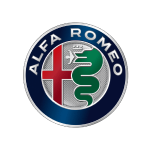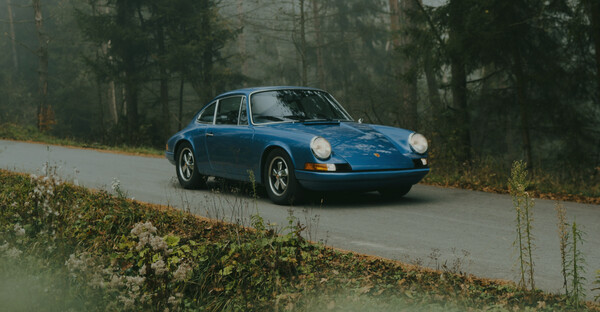Description
Model history and interesting facts The Alfa Romeo 1900 is a four-door saloon produced by Alfa Romeo in the Portello factory between 1950 and 1959. It is a milestone in the history of the Milanese company because it was the first Alfa Romeo mass-produced on an assembly line, the first Alfa Romeo monocoque and also the first Alfa Romeo with left-hand drive as standard. The final version of the normal 1900 had a monocoque chassis with a four-door saloon body in steel with a line that was both sporty and elegant, featuring a front end with a three-lobed shield flanked by two oval air intakes, details destined to become a classic. The circular front lights were placed on the top of the mudguards above the position light buzzers, while the very neat rear featured a chrome-plated number plate holder and small circular rear lights.
The Alfa Romeo 1900 'normal' saloon in the Alfa Romeo Historical Museum The standard engine was a water-cooled in-line 4-cylinder 1884 cm3 (bore x stroke: 82. 55 x 88 mm) with a cast-iron crankcase, aluminium cylinder head, timing system with two chain-driven overhead camshafts, hemispherical combustion chambers and a single-body Weber 36 DO5 carburettor. It developed 80 hp of maximum power at 4800 rpm and 13. 3 kgm of maximum torque at 3000 rpm. These were record values for the time, allowing the standard saloon to touch 150 km/ h. The passenger compartment accommodated six people on two rows of well padded, fabric-covered bench seats with a steering wheel-mounted gear lever and handbrake handle control under the dashboard. The dashboard features a single semi-circular instrument, with the speedometer/ speedometer in the centre and the petrol level indicator and oil pressure gauge on either side. The two-spoke steering wheel is in white or black Bakelite with a chrome ring for the horn. In the centre of the dashboard is a slot for the radio or rev counter and in front of the passenger is a glove box closed by a flap. The success with the public was exceptional and exceeded expectations despite the price of 2, 310, 000 lire. It was coveted by sporting customers who took it to races and by the bourgeoisie for whom it represented a status-symbol, in fact it was produced by the most successful Italian car manufacturer that had just won the first Formula 1 world championship in history, with 'Nino' Farina in a 158.
The trade press was impressed by the car's road-holding and engine power but criticised its ride comfort, while the sportsmen wanted more power and a gear lever on the floor. What was also missing was a coupé, a cabriolet and a chassis that the leading Italian coachbuilders could 'dress up' to suit the tastes of their wealthier customers, who were still used to 'made-to-measure' cars.














